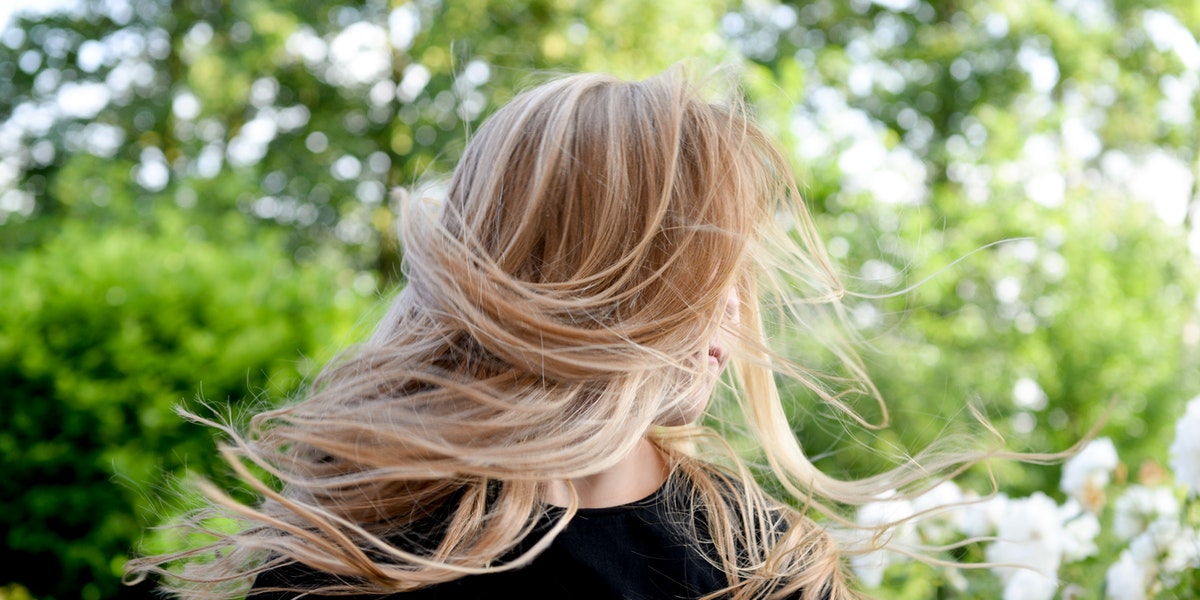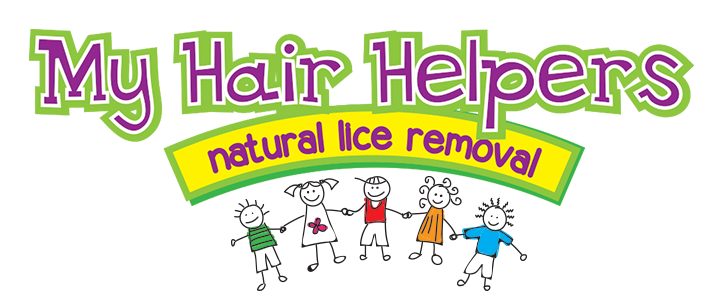Believe it or not, there are thousands of species of lice. Nearly 5,000 have been identified, but only three affect humans: body lice, pubic lice and head lice. All three live externally on human hosts, and without one, they’ll only live for a day or two. Of these, body lice are most concerning because they can transmit disease to humans. Fortunately, pubic lice and head lice do not have any serious complications.
Let’s learn more about the three types of lice that can affect humans and what you need to know about each of them.
Body Lice
Body lice are parasitic insects that live on clothing and bedding. They frequently lay their eggs on or near seams of clothing so they can easily move to the skin to feed. While body lice live all over the world, they are most commonly found in crowded, unhygienic areas such as homeless shelters and refugee camps.
As with other lice infestations, body lice can cause intense itching that can lead to sores on the body. They can also transmit diseases to humans such as epidemic typhus, trench fever and relapsing fever. A body lice infestation is treated with improved hygiene, including a regular showering schedule and clean clothes.
Pubic Lice
Pubic lice are also small parasitic insects that live in the gential areas of humans, as well as some other body parts that have hair, though not the head. They are most often spread through sexual contact and are most common among men and women in their 20s. Thankfully, pubic lice are usually pretty easy to get rid of. Over-the-counter and prescription medications are available.
Head Lice
Probably most common are head lice – tiny insects that feed on blood from the human scalp. These parasites are not a sign of poor personal hygiene. They can affect people of all races and socioeconomic statuses. Head lice are most common in children because they have close contact in school, daycare, sports and playdates.
Thankfully, head lice are not hazardous to human health. They are a bit tricky to get rid of, however. And with the emergence of super lice, traditional over-the-counter products may no longer work. The good news is that companies like My Hair Helpers are making lice treatments for kids that contain safe, all-natural ingredients. You can even use our products on newborns!
Treat Head Lice with Safe, NonToxic Products
Hopefully this has helped you understand the various types of lice that can happen to humans. Body lice are quite rare here in the United States, and pubic lice generally happen through sexual contact. The ones to worry about are head lice, but even these tiny parasites are 100% treatable.
To shop for My Hair Helpers products, visit the Shop Here Now tab on our website or visit our Amazon store. You can also request an appointment if you live locally. Either way, we are here for you!


